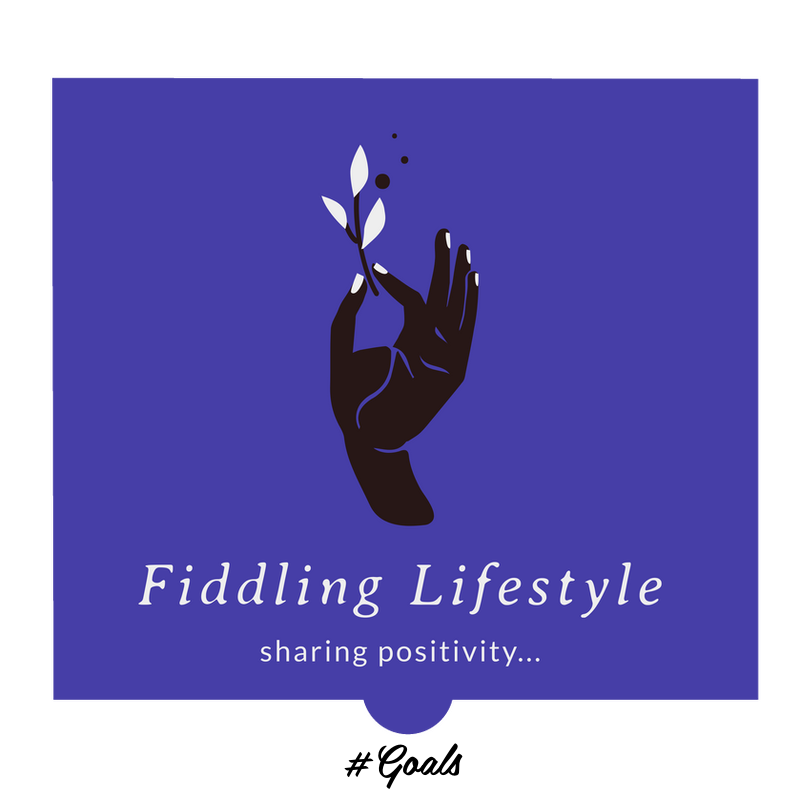KonMari vs Minimalism. Why they are not related to each other?
- fiddlinglifestyle

- Jul 12, 2021
- 3 min read
If you have been following the very popular Netflix show, "Tidying Up With Marie Kondo", you would know that Marie Kondo is known to introduce us to the KonMari Method (a contraction of Kondo Mariko, her name in the Japanese style). KonMari basically means organizing things in a meaningful way and throwing away things that do not spark joy.
Although, KonMari and Minimalism are both ideas devised by humans, it is often used interchangeably. People sometimes think that KonMari means living a minimalist lifestyle which is not true at all.

KonMari is a Japanese term coined by Marie Kondo which means organizing things and living with those things in a cherished way. There’s a specific technique to it. It does not mean getting rid of your things or emptying your house. You can have 12 different cups in your house, but each of those cups should spark "JOY" in your life. As tidying Guru Marie Kondo says: “The question of what you want to own is actually the question of how you want to live your life".
So how do you follow a KonMari method?
Marie Kondo recommends a category-by-category declutter vs. room by room. You start with the first item group on the list, take all of that particular item out from every room in the house, put it all in a pile then decide what stays and goes.
She breaks up the home into five categories of items:
Clothing
Books
Papers
Miscellaneous
Mementos
The point is to find the hidden things where they shouldn’t be and to keep similar items close together so they’re easier to find.
And the last rule, to aid in your tidying up, is to ask yourself if the item sparks JOY.

Whereas, minimalism, means living below your means. You only keep things that you actually use every day. So, instead of 12 cups, now you only have 1 cup that you are going to use daily. Minimalism is emptying or getting rid of stuff that no longer provides value in your life and just keeping bare necessities.
Minimalism is a practice, there aren't any set of rules to follow this kind of lifestyle. Greatly influenced by Japanese culture and philosophy, Minimalism is a Western art movement, particularly in the visual arts and music originating in New York City in the late 1960s and characterized by extreme simplicity of form and a literal, objective approach that extended into a wider phenomenon of living a minimalist lifestyle.
I feel like, when you follow KonMari method, eventually you end up buying more stuff to organize things, for e.g. now you need shelves, dividers, small boxes to place your jewelries. Mari Kondo has created a business empire selling these stuff and teaching other the KonMari method- The Tidy Course. So, in no way KonMari is related to Minimalism.
It’s very striking to see that this simple concept of KonMari is somehow related to the concept of 5S from lean six sigma which again comes from Japan. 5S is a workplace organization method that uses a list of five Japanese words: seiri, seiton, seisō, seiketsu, and shitsuke. These have been translated as "sort", "set in order", "shine", "standardize", and "sustain".
The common theme between her method and 5S is “everything has its place, and everything in its place.”
For example, sort all your things into categories listed above, then set them in order as in the case of clothes, fold them properly in a standard manner which is sustainable to reduce clutter.
Whichever group you follow, whether KonMari or Minimalism, one thing's fore sure, declutter and tidy up your place. I for one, am all for the KonMari method as I love my 12 cups and am not willing to throw them away as they all spark "JOY" to me, can't say the same for my husband though!

Here's some links around the web if you would like to read more on KonMari method.
Don't forget to check the printables section to grab a free KonMari checklist to start your decluttering journey.
https://www.theguardian.com/lifeandstyle/2020/jan/03/empty-promises-marie-kondo-craze-for-minimalism





Comments